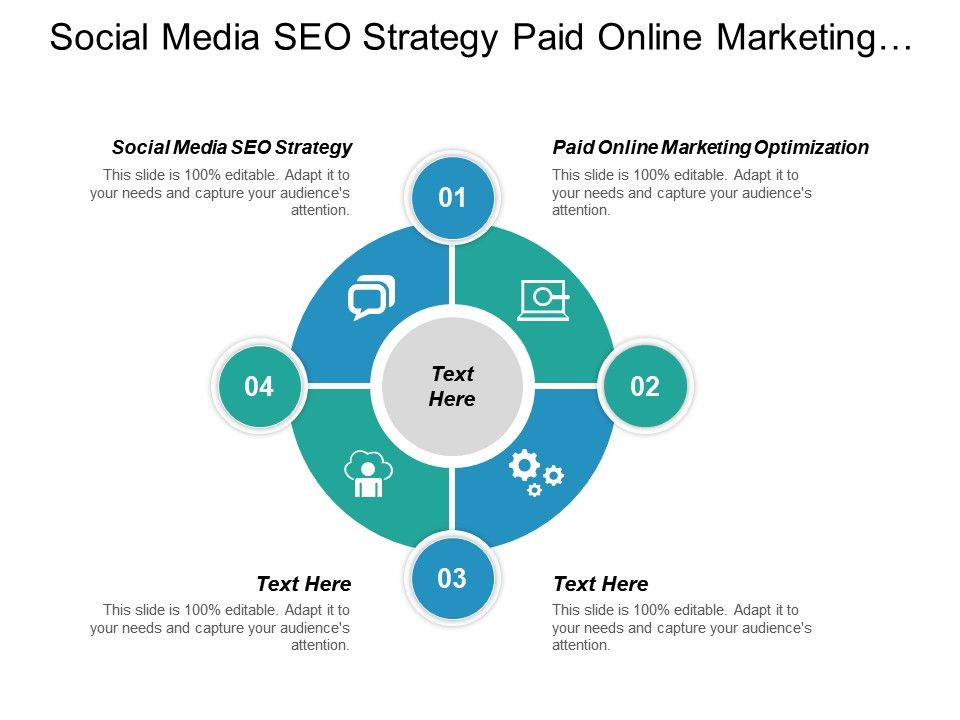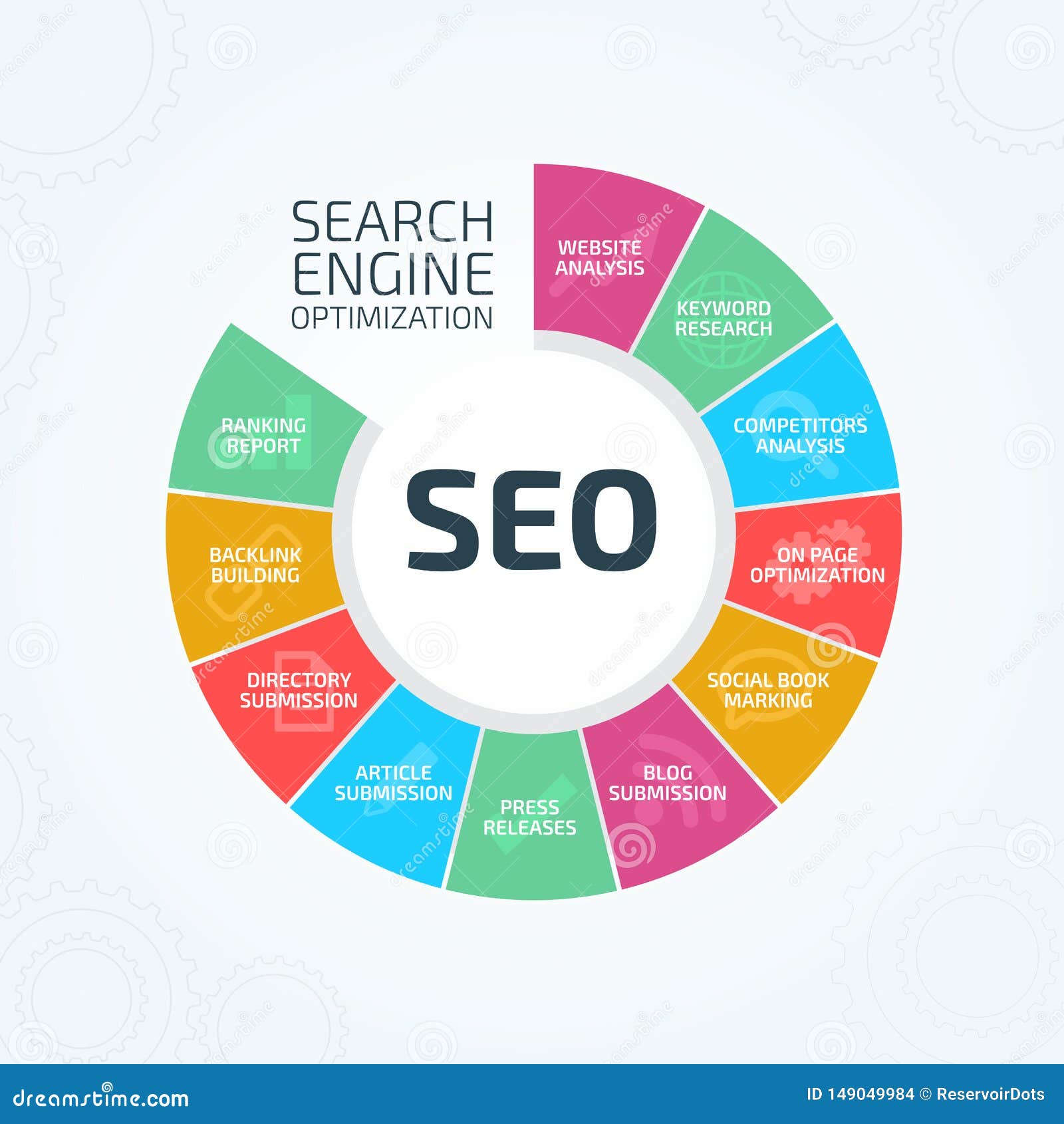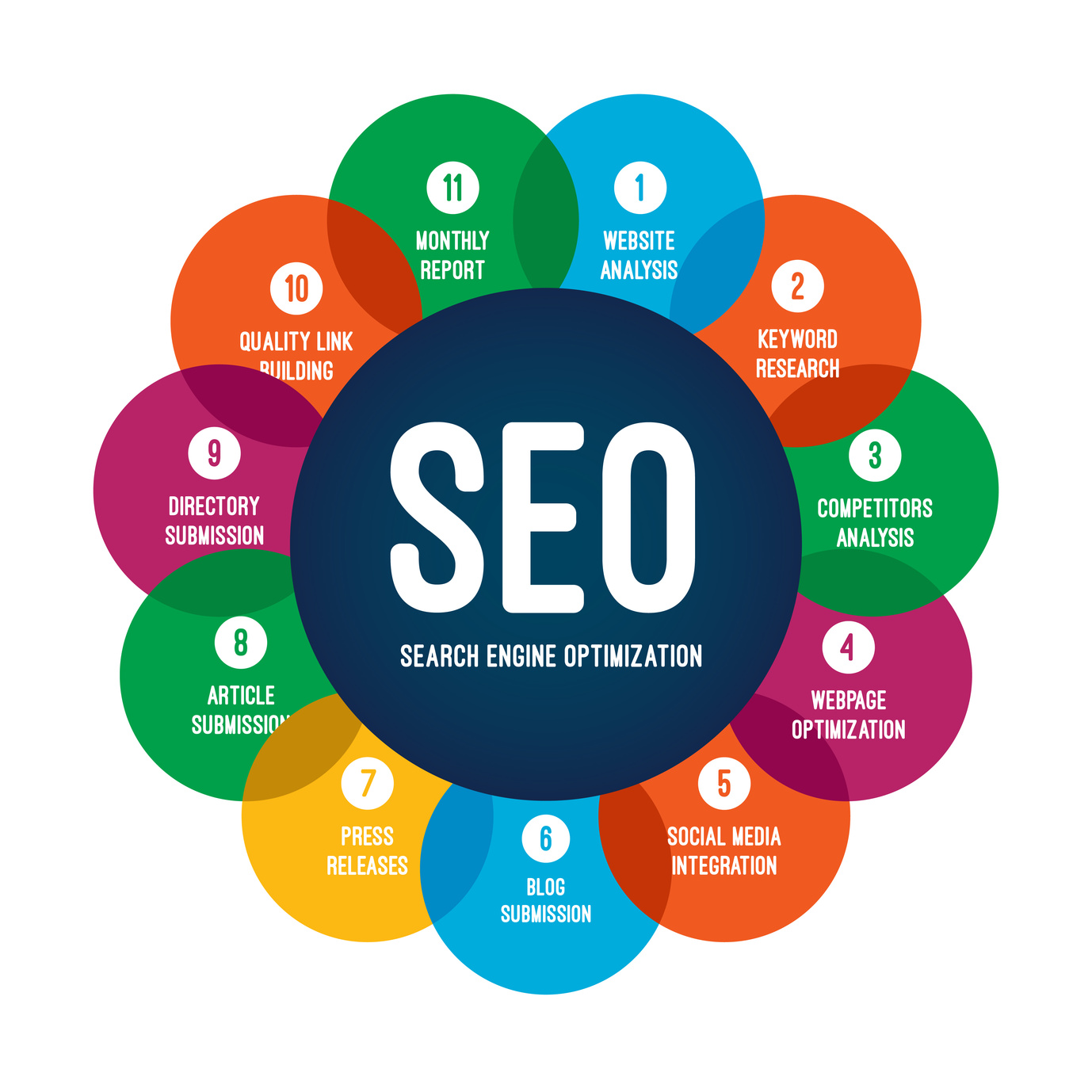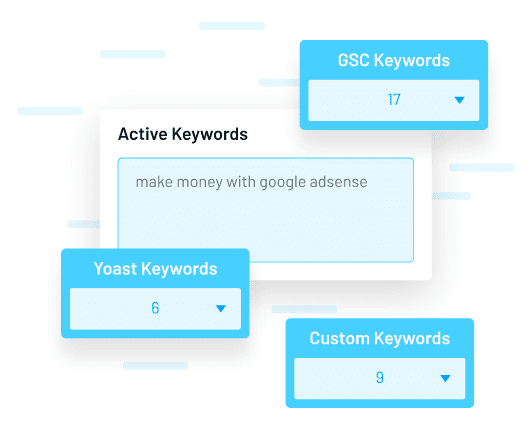
Introduction
In the ever-evolving digital landscape, ad monetization has become a cornerstone of online revenue for content creators, bloggers, and website owners. Whether you’re using Google AdSense, Mediavine, or other ad networks, the success of your ad monetization strategy hinges on one critical factor: search engine optimization (SEO).
SEO isn’t just about getting more traffic—it’s about attracting the right kind of traffic that engages with your content and clicks on your ads. This guide will walk you through the essential SEO strategies that can help you maximize your ad revenue, whether you’re using AdSense, Mediavine, or similar platforms.
We’ll cover everything from keyword research and content optimization to site speed, mobile-friendliness, and backlink building. By the end of this article, you’ll have a clear roadmap for leveraging SEO to boost your ad monetization efforts in 2025 and beyond.
H2: What Is SEO for Ad Monetization and Why It Matters
SEO for ad monetization refers to the practice of optimizing your website to rank higher in search engine results, thereby driving more organic traffic to your site. The goal is not just to increase visibility but to attract a targeted audience that is more likely to engage with your ads, leading to higher click-through rates (CTR) and, ultimately, greater ad revenue.
Why does this matter? Because ad networks like AdSense and Mediavine reward websites that consistently deliver high-quality, relevant content that keeps users engaged. When your site ranks well, it gets more visitors, and with the right content and placement, those visitors are more likely to interact with your ads.
Moreover, search engines like Google prioritize user experience, so a well-optimized site not only performs better in rankings but also offers a smoother browsing experience, which enhances ad performance.
H2: How SEO for Ad Monetization Impacts Your Earnings
SEO directly affects your ad monetization potential in several ways:
- Increased Visibility: A higher ranking means more people see your content, which increases the number of ad impressions.
- Higher Traffic: More traffic translates to more opportunities for ad clicks.
- Better User Engagement: SEO-driven content tends to be more engaging, keeping users on your site longer and increasing the chances they’ll interact with your ads.
- Targeted Audience: By focusing on niche-specific keywords, you attract an audience that is more likely to be interested in your content—and your ads.
For example, if you run a blog about fitness and optimize your posts for “home workout routines,” you’ll likely attract users looking for that specific information. These users are more likely to click on ads related to fitness equipment, supplements, or online courses than a general audience.

H2: Step-by-Step Implementation Framework
To effectively implement SEO for ad monetization, follow this structured approach:
1. Define or Audit the Current Situation
– Conduct a site audit to identify technical issues, broken links, or poor content quality.
– Use tools like Screaming Frog or Ahrefs to analyze your site’s SEO health.
– Identify your top-performing pages and determine what makes them successful.
2. Apply Tools, Methods, or Tactics
– Keyword Research: Use tools like Ahrefs, SEMrush, or Ubersuggest to find high-intent, low-competition keywords.
– Content Optimization: Ensure each page includes your primary keyword in title tags, headers, and meta descriptions.
– On-Page SEO: Optimize images, internal linking, and URL structures.
– Mobile Optimization: Ensure your site is fully responsive and loads quickly on all devices.
– Backlink Building: Focus on earning high-quality backlinks from authoritative sites in your niche.
3. Measure, Analyze, and Optimize
– Track your traffic using Google Analytics and Search Console.
– Monitor CTR, bounce rate, and time on page to understand how users interact with your content.
– Use A/B testing to experiment with different ad placements and formats.
– Adjust your strategy based on data—what works today may not work tomorrow.

H2: Real or Hypothetical Case Study
Let’s look at a hypothetical case study of a food blog called “Delicious Bites.” Before implementing SEO strategies, the blog had an average of 1,000 monthly visitors and minimal ad revenue. After applying the steps outlined above, the blog saw the following improvements:
- Traffic Increased by 300% within six months due to improved rankings.
- Ad CTR Rose by 25% as the content became more relevant and engaging.
- Revenue Doubled in just three months, thanks to higher ad impressions and better user engagement.
This example highlights how a well-executed SEO strategy can transform your ad monetization efforts.

H2: Tools and Techniques for SEO for Ad Monetization
Here are some of the most effective tools to support your SEO for ad monetization efforts:
- Ahrefs: For comprehensive keyword research, backlink analysis, and competitor insights.
- Google Analytics: To track traffic, user behavior, and ad performance.
- SEMrush: For on-page optimization, keyword tracking, and competitive analysis.
- Yoast SEO: A WordPress plugin that helps with content optimization and readability.
- GTmetrix: For analyzing and improving site speed.
- Canva or Adobe Express: For creating visually appealing content that boosts engagement.
Each of these tools plays a role in helping you build a stronger, more profitable website.

H2: Future Trends and AI Implications
As AI continues to shape the digital landscape, the future of SEO for ad monetization looks even more promising. With advancements in natural language processing and machine learning, search engines are becoming better at understanding user intent and delivering highly relevant results.
Tools like Google’s Search Generative Experience (SGE) are already changing how users interact with search results. This shift means that content must be more informative, conversational, and tailored to user needs.
To stay ahead, focus on:
- Creating high-quality, in-depth content that answers real questions.
- Using AI-powered tools to automate tasks like keyword research and content optimization.
- Continuously adapting your strategy to align with evolving algorithms and user behaviors.
H2: Key Takeaways
- SEO drives traffic, which is essential for maximizing ad revenue.
- Targeted keywords help attract the right audience, increasing ad engagement.
- User experience plays a crucial role in both SEO and ad performance.
- Consistent optimization is key—SEO is a long-term strategy.
- Data-driven decisions ensure your efforts are effective and scalable.
By integrating SEO into your ad monetization strategy, you’re not just boosting your earnings—you’re building a sustainable online business.
Meta Title: SEO for Ad Monetization: Boost AdSense, Mediavine Earnings
Meta Description: Learn how SEO can maximize your ad revenue with AdSense, Mediavine, and more. Get actionable strategies to boost traffic and clicks.
SEO Tags (5): SEO for Ad Monetization, AdSense Optimization, Mediavine Tips, Content SEO, Ad Revenue Growth
Internal Link Suggestions: Parameter #4: On-Page SEO Strategies, Parameter #7: Backlink Building for Websites, Parameter #9: Mobile Optimization Best Practices
External Source Suggestions: https://support.google.com/adsense, https://www.semrush.com, https://www.ahrefs.com






